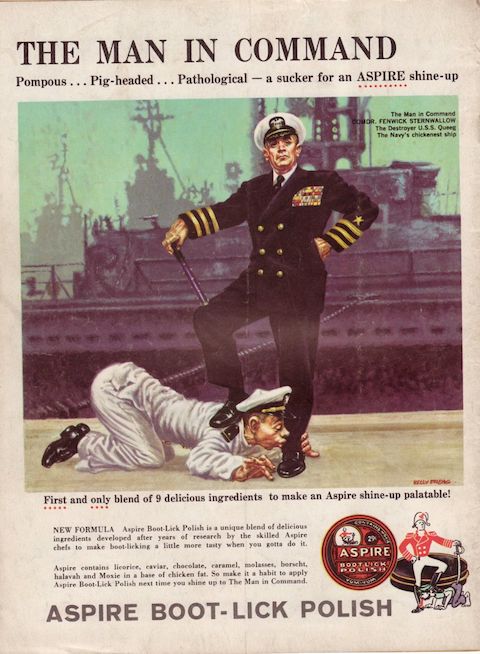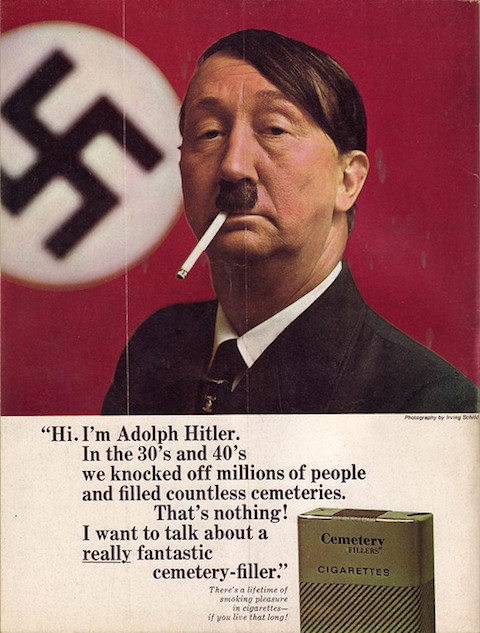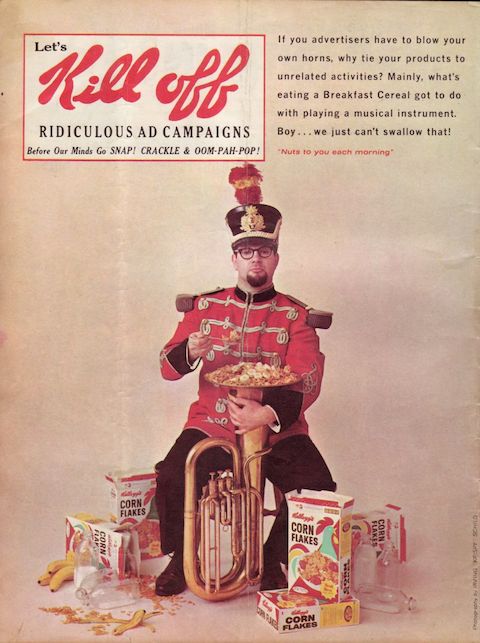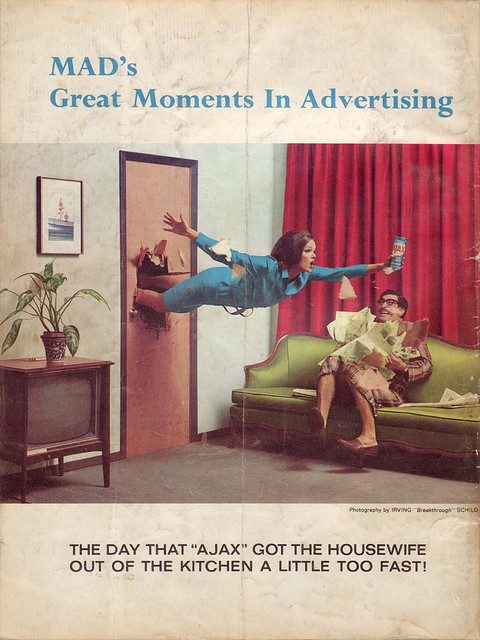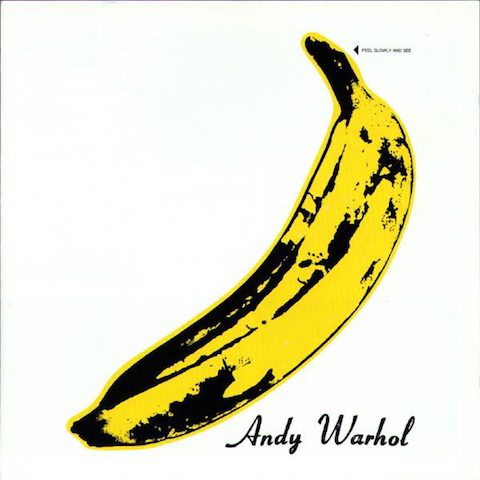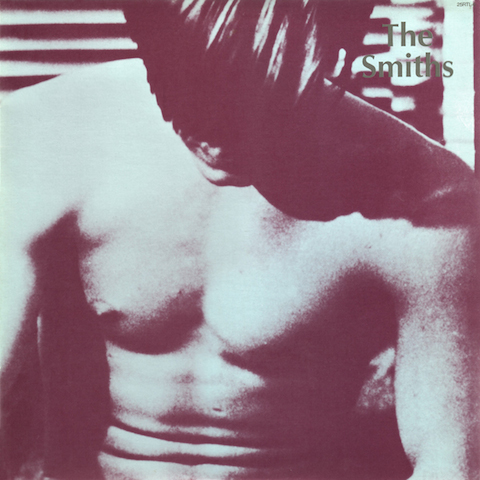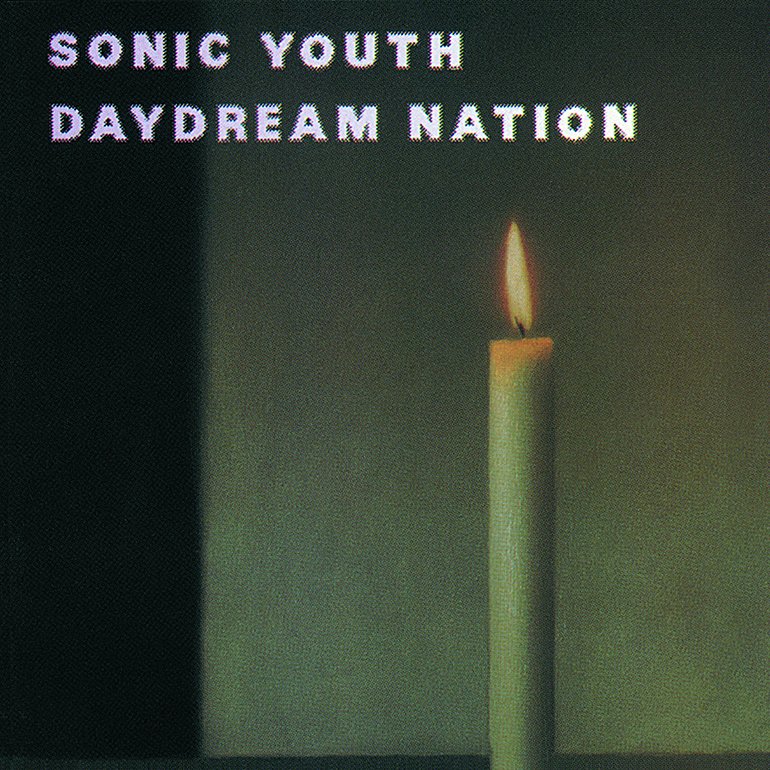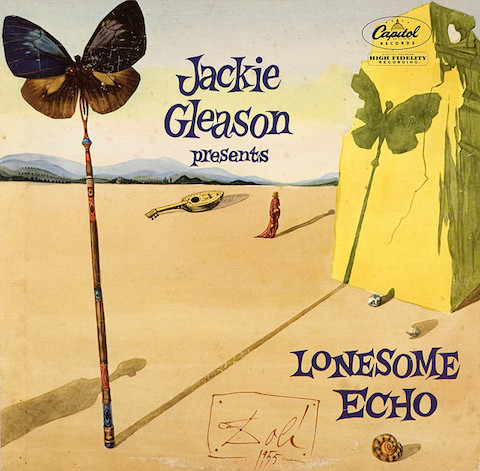When Plato defined humans as two-legged animals without feathers, I suspect he was only half serious. Or if he was as humorless as some suppose, his antagonist Diogenes the Cynic certainly picked up on the joke, pointing out that the description sounds pretty much like a plucked chicken. The ancient back and forth illustrates a question that has occupied philosophers for many thousands of years: what separates humans from animals? Is it a soul? Rationality? Tool-making? Most accounts, especially most modern accounts, settle on one crucial difference—language. Although animals can communicate with each other perfectly well, they do so without this amazingly sophisticated faculty we so often take for granted.
In the animated video at the top, part of the BBC and Open University’s A History of Ideas series, Gillian Anderson, in her British rather than American accent, explains the well-known theory of language acquisition proposed by linguist Noam Chomsky in the 60s. Chomsky argued for what is known as a “universal grammar,” a kind of template in the structure of the brain that allows every person of normal ability to learn their native language with relative ease as a child. Chomsky referred to these structures as a “language acquisition device” that organizes grammar and syntax independently of experience or outside stimuli, of which we have precious little in our formative years. Doubtless Chomsky’s theory would have persuaded Plato, though probably not the British empiricists of the 17th century, who argued that the human mind has no innate ideas—that all of our abilities are learned.
Such was the argument, much simplified, of John Locke, physician, philosopher, and political theorist. In his far-ranging philosophical text An Essay Concerning Human Understanding and the more focused and digestible Some Thoughts Concerning Education, Locke discussed in depth his theories of human cognition and identity, proposing not only that the mind could be written upon like a tabula rasa—or “blank slate”—but that the key to human identity, that which makes us the same person from moment to moment, is memory. We are—and are responsible for, Locke argued—what we remember. Conversely, we are not responsible for what we don’t remember. Locke’s theory presents us with some very thorny ethical problems, which the video above mostly avoids, but like Chomsky’s intervention into debates about human vs. animal intelligence, Locke’s discussion of the nature of human “personhood” remains a timely concern, and an endlessly contentious one.
Other videos in the series take on equally contentious, and equally timely, issues. Above, Anderson briefly explains Karl Marx’s theory of the alienation of labor under an exploitative capitalist system, and below, she discusses the role of culture as a uniquely human trait that animals do not possess. Each video addresses, in some small part, the question “What Makes Me Human?” and the series as a whole follows quickly on the heels of A History of Ideas’ previous set of Anderson-narrated animations on the origins of the universe: “How Did Everything Begin?”
Once again drawing on the skilled work of animator Andrew Park and scripts by independent philosopher Nigel Warburton, this latest series of videos offers a number of fascinating appetizers in the ways philosophy, science, and religion have approached life’s biggest questions. Like any starter course, however, these are but a taste of the complexity and richness on offer in Western philosophical history. To become a true intellectual gourmand, browse our menu of free philosophy courses and dig in to the work of thinkers like Chomsky, Locke, Marx, and so many more.
Related Content:
Josh Jones is a writer and musician based in Durham, NC. Follow him at @jdmagness


